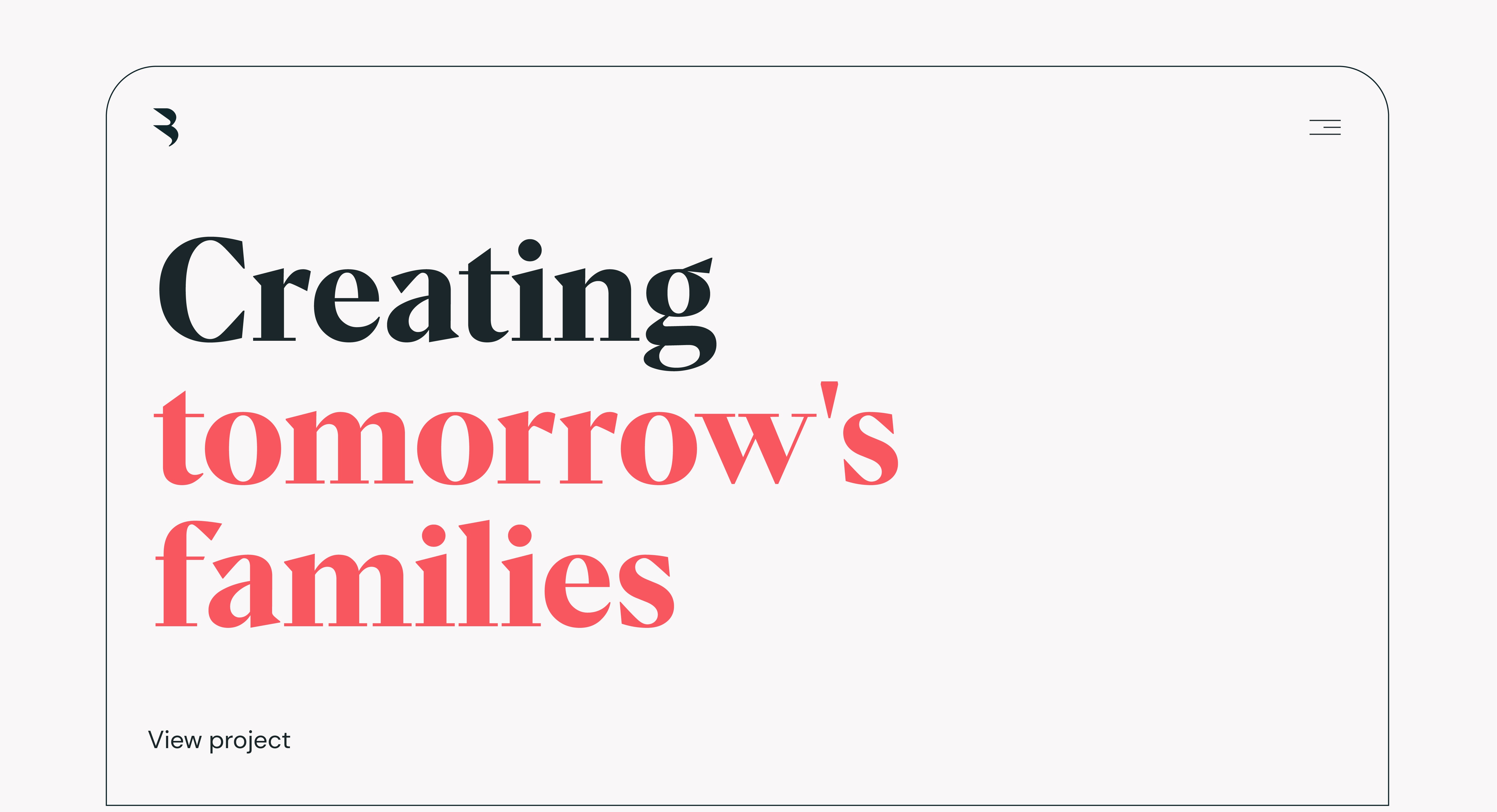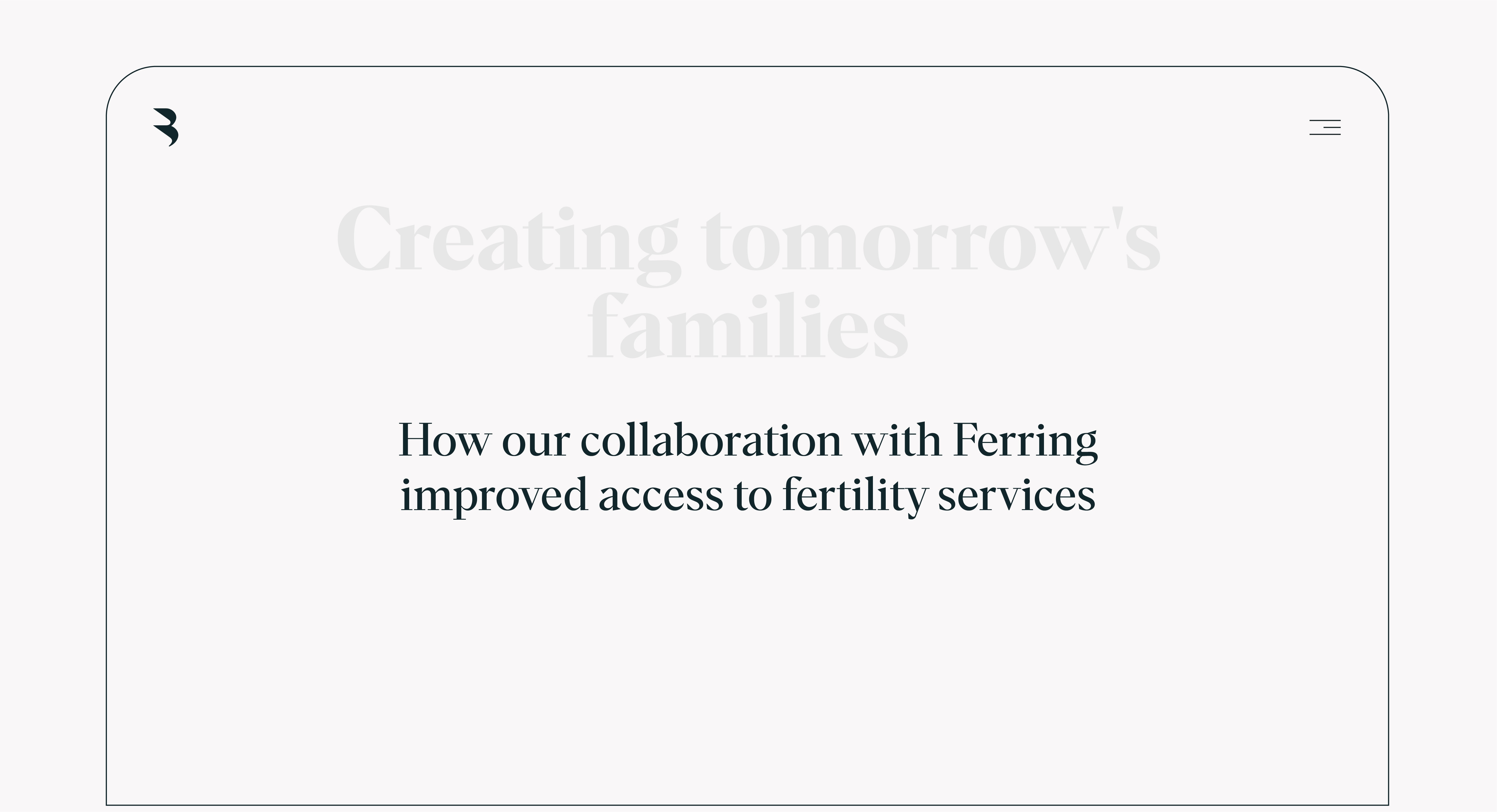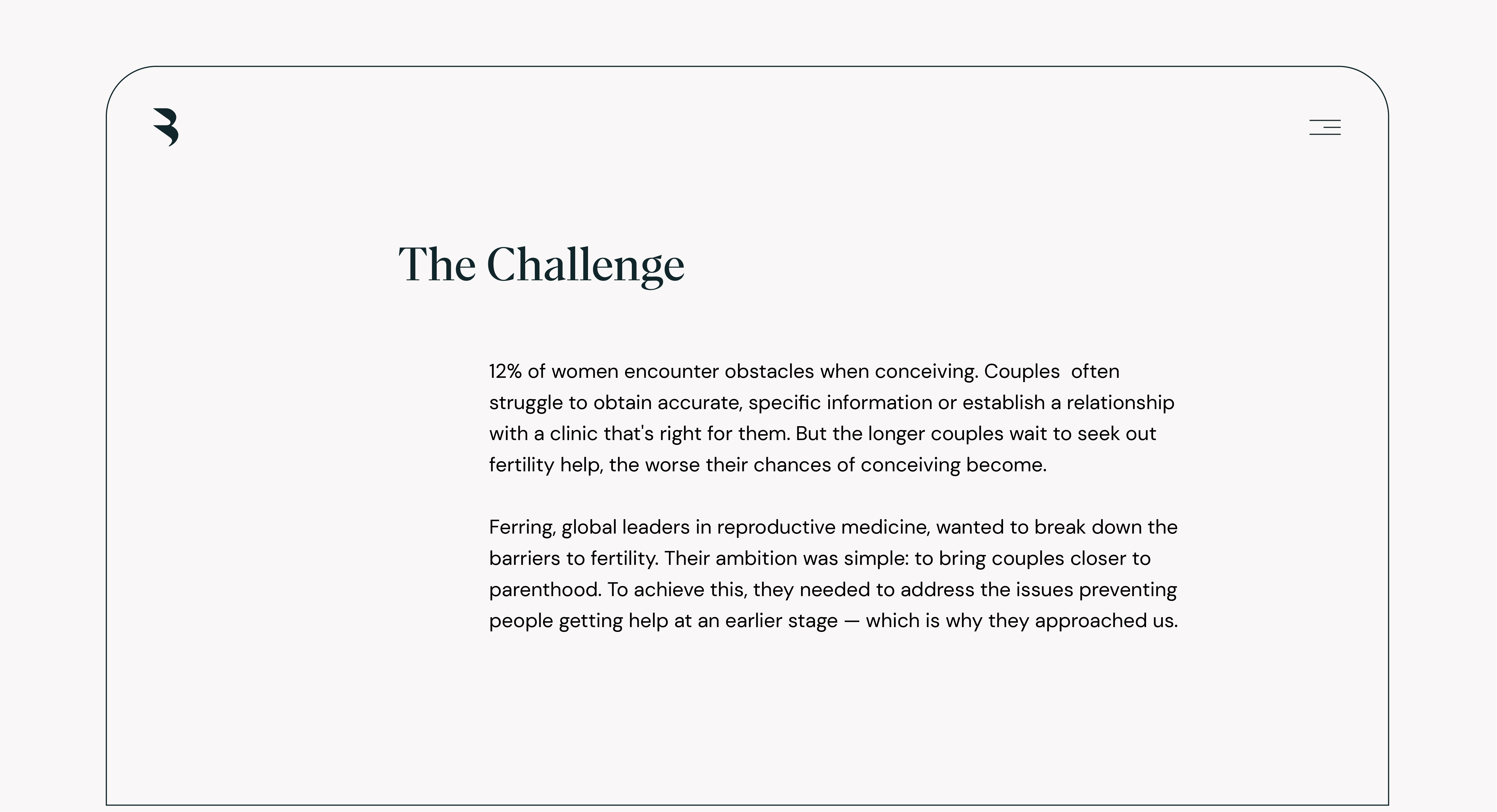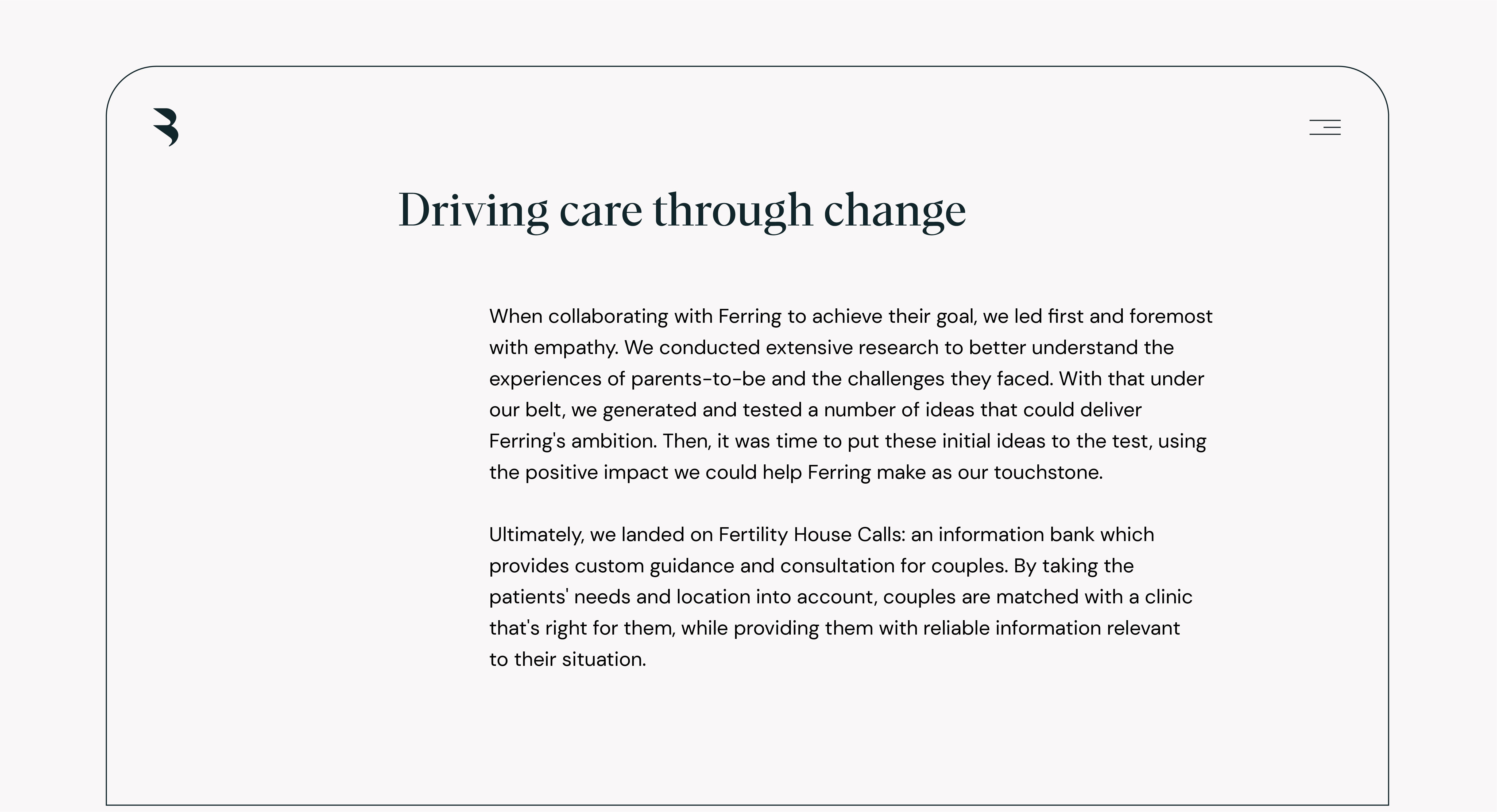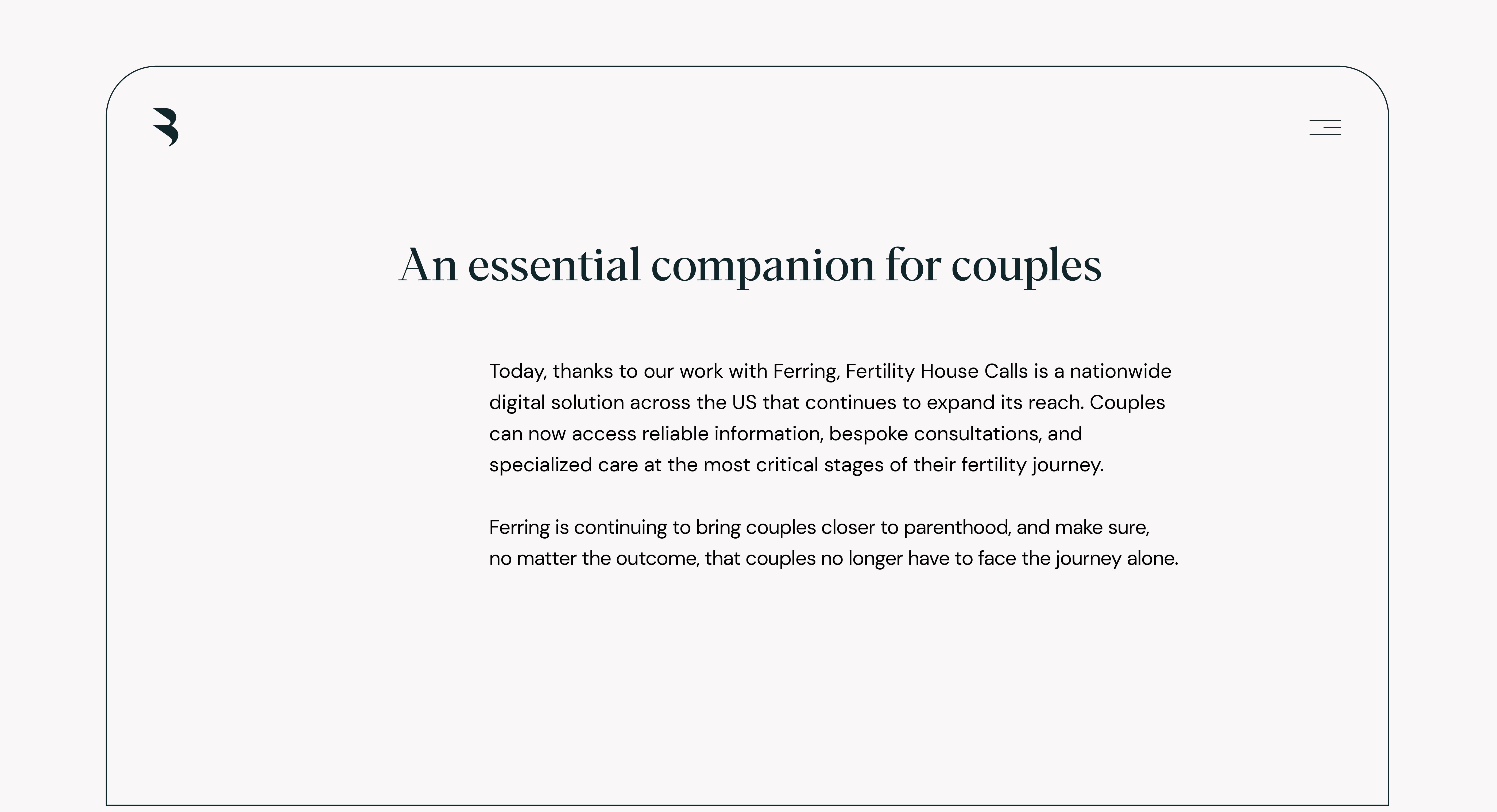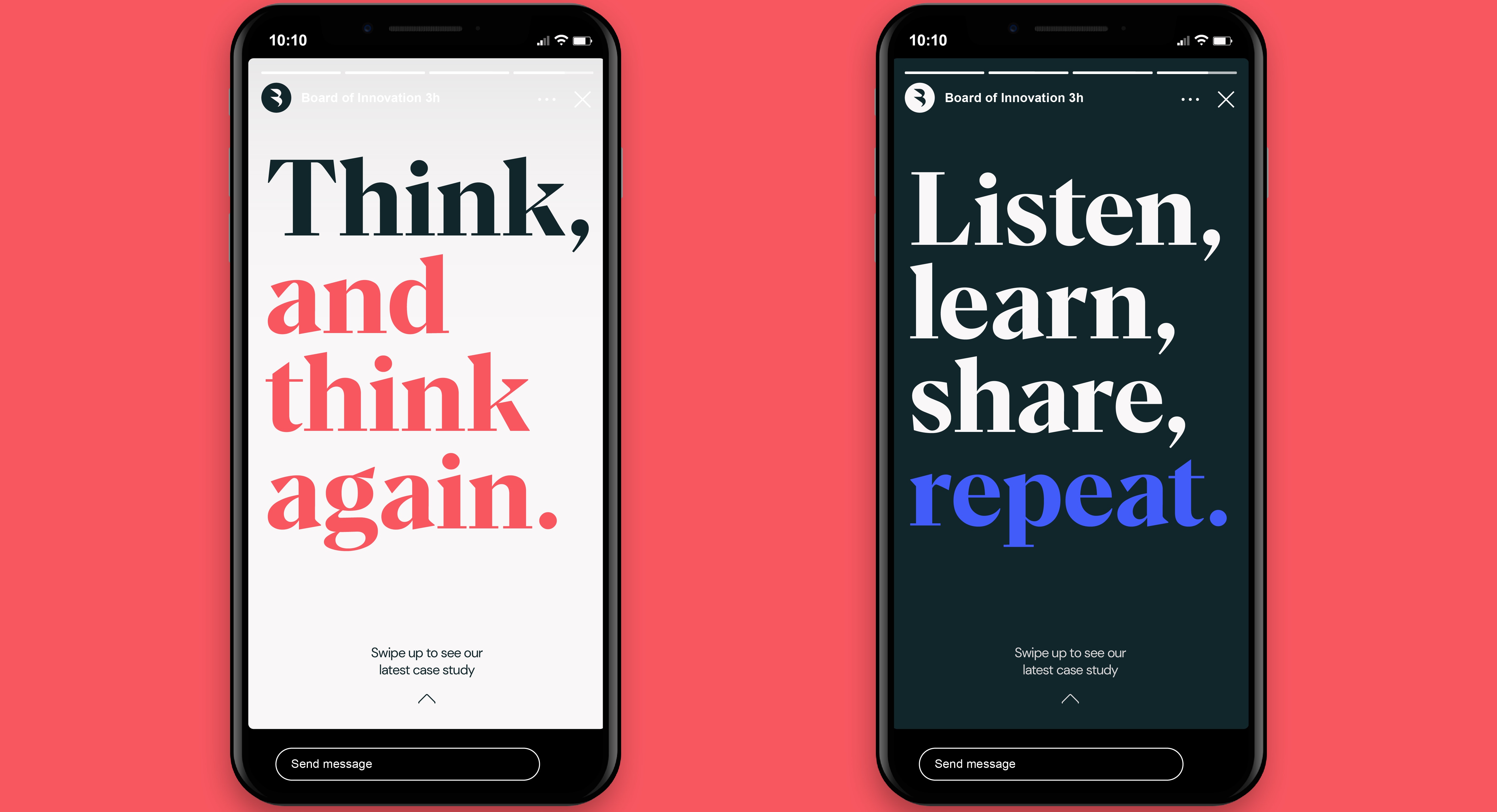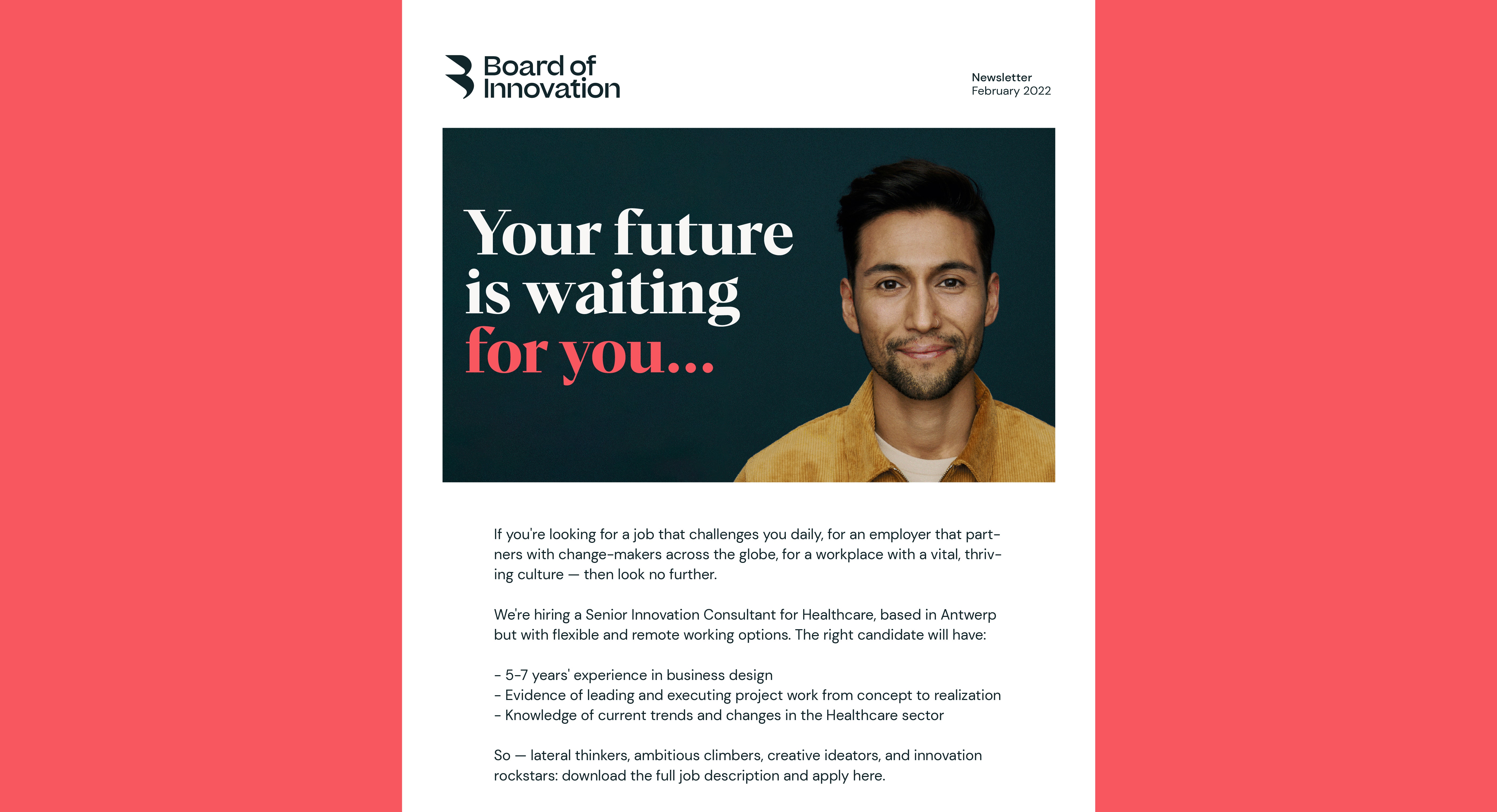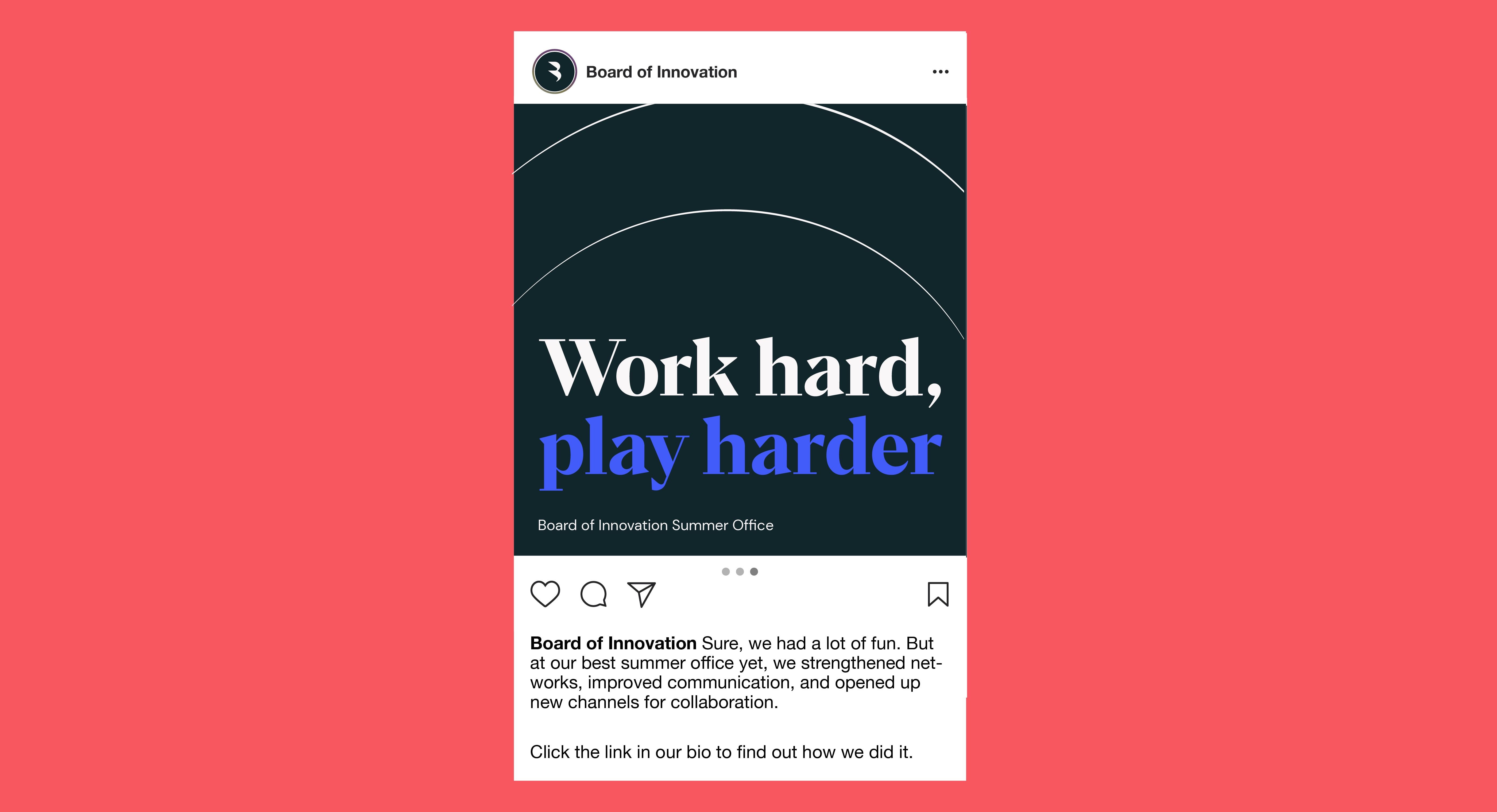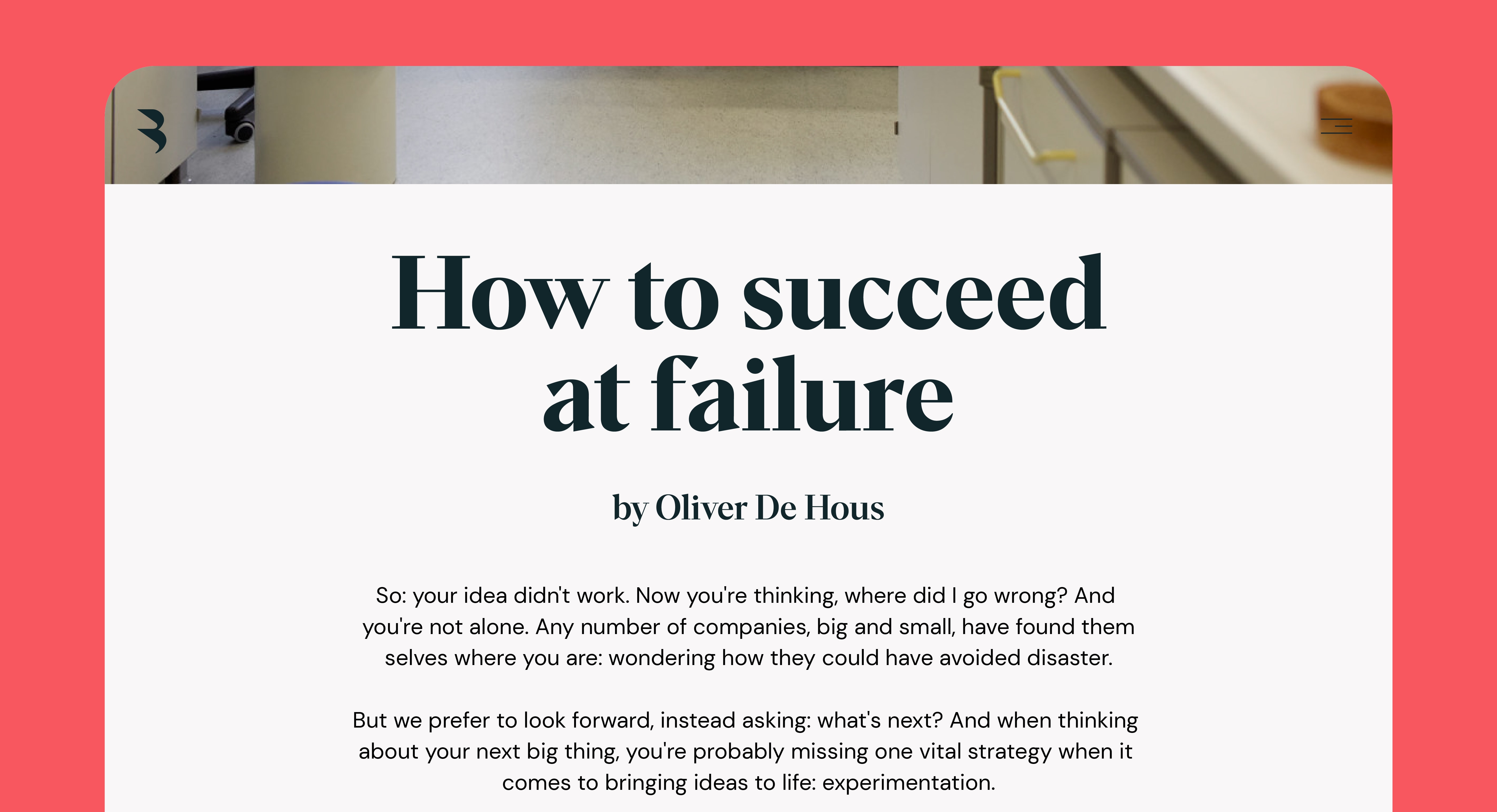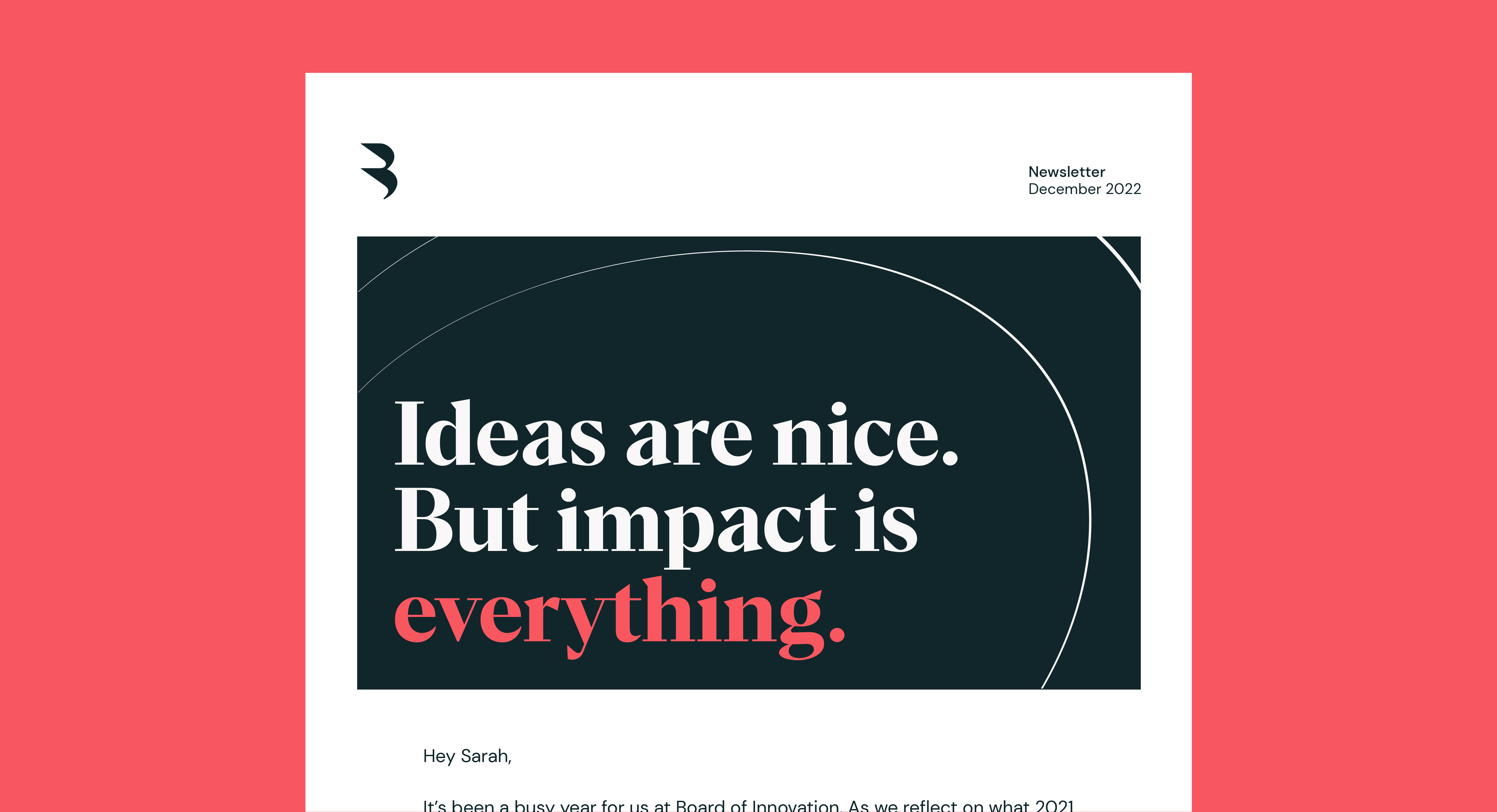Tone
of voice
This is our guide to all things words. Here we'll equip you with everything you need to sound like BOI, no matter what situation you might be writing for.
Introduction
Our Tone of voice guide is split into four key sections:
Our Tone of voice guide is split into four key sections:
Cheat sheet
Here's a quick cheat-sheet that summarizes how we write. Refer back to this whenever you need a brief reminder.
Here's a quick cheat-sheet that summarizes how we write. Refer back to this whenever you need a brief reminder.
01. Tone
Our tone is how we write. By using these principles, we'll strike just the right tone no matter the application.
Equally as important as what we say — is how we say it. Our tone is how we express ourselves in a way that is distinctive, understandable and unapologetically BOI.
Principles
in action
Here’s how we use our three tone of voice principles in practice.
Here’s how we use our three tone of voice principles in practice.
02. Structure
This is a broad guide to how we structure our writing. We take the structure of headlines and subheadlines from the ‘what we do’ statement within our strategy: Imagining tomorrow's products, services and businesses — and creating them today.
Case studies:
breakdown
Using the same approach and structure outlined above, this is how we use it to write our Case Studies. They are are a big portion of what we write, so we'll take you through the process of writing them in depth, including how to structure them and what to focus on.
Using the same approach and structure outlined above, this is how we use it to write our Case Studies. They are are a big portion of what we write, so we'll take you through the process of writing them in depth, including how to structure them and what to focus on.
Case studies:
headline
Our headlines are all about tomorrow. We open with a big picture statement detailing the impact we made:
Our headlines are all about tomorrow. We open with a big picture statement detailing the impact we made:
03. Do’s & Don’ts
Here are some general rules to follow to make sure your writing is always sharp and on point.
04. Inspiration
Here are some further examples of our tone and structure being successfully deployed in practice. If you ever get stuck with your writing, don’t panic. Come back to this and hopefully spark some new inspiration.
Case study
example
Here's one last example of a case study to show you our structure in practice. Feel free to use this as inspiration for writing your own.
Here's one last example of a case study to show you our structure in practice. Feel free to use this as inspiration for writing your own.
